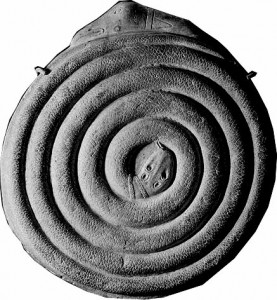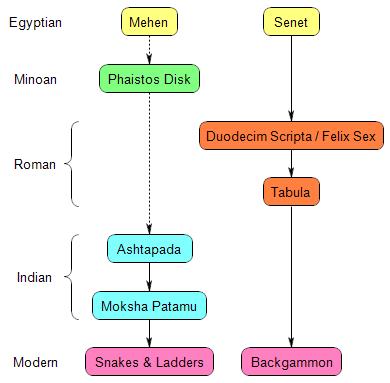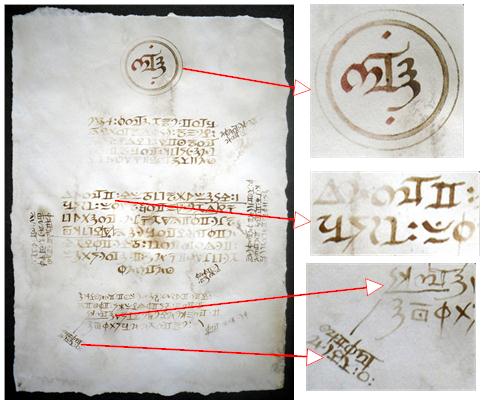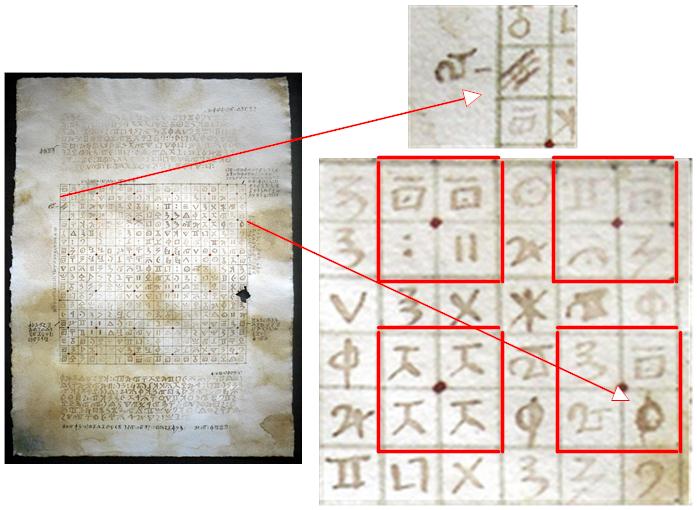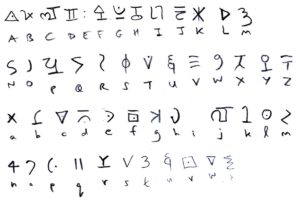If you’ve been following the flurry of recent posts (and indeed comments) here on the Unknown Man, you’ll know we’ve done two things:
* successfully linked the “H. C. Reynolds” on the US seamen’s temporary ID card to a young “H Reynolds” working on the SS Manuka and the RMS Niagara, and constructed a six-month timeline for his sea-life from late 1917 to early 1918; and
* eliminated pretty much every other “H C Reynolds” of broadly the right age and location.
So, the question is… where to look next?
Following the Manuka trail, there are plenty of plausible looking documents in the National Archives of Australia office in Tasmania relating to the Manuka’s arrivals in Hobart. If you just happen to be passing the State Library building at 91 Murray Street on a Wednesday, Thursday or Friday and want to look these up, here are the Manuka references you’d need in volume P2005 which covers arrivals (though volume P2004 covers departures, it unfortunately has a big fat gap from June 1917 to December 1923, bah!):-
* 22 Nov 1917 – 767481 – passenger list
* 24 Nov 1917 – 767502 – ships report inwards
* 13 Dec 1917 – 767523 – passenger list
* 02 Jan 1918 – 767583 – passenger list
* 24 Jan 1918 – 767701 – passenger / crew list
Of course, it’s an outside shot that any of these would reveal (for example) H. C. Reynolds’ first name, but it’s probably worth a shot. Having said that, given that Reynolds was from Hobart, it would seem likely that he worked on other ships out of Hobart prior to Nov 1917: so it would probably be a worthwhile exercise to check the (relatively small) number of other ships’ entries in P2005 for 1917. After all, did he really land the Assistant Purser role as his first ever job on a ship? (I suspect not, but that’s just my guess…)
Alternatively, following the RMS Niagara trail, I managed to dig up the passenger manifests for Victoria and Vancouver (both in British Columbia) for what appears to be Reynolds’ final journey on the Niagara [RG 76 T-4873] and [RG 76 T-4858]. These noted the following dates:-
* 28th February 1918: dep. Sydney, New South Wales
* [no date] Suva, Fiji
* 15th March 1918: dep. Honolulu, Hawaii
* 21st March 1918: arr. Victoria, B.C.
* 22nd March 1918: arr. Vancouver, B.C.
From this, we can see that the date stamped on the US seamen’s temporary ID card was not the arrival date in Hawaii, but the departure date from Sydney. I think it likely that these cards were issued on board the Niagara at the start of the voyage by (say) the Purser – this would also account for the British date field order (which some people have flagged as implying a forgery). Sadly, though, both manifests only contain passenger lists, not crew lists: and so fail to move us any further forward. 🙁
It may seem that we’ve hit another brick wall: but given that all we’re really hoping for at this stage is Reynolds’ first name, the Australian archives still has a vast number of plausible-sounding documents for us to grind our way through, such as:-
* “Registers of ships crew engaged and discharged at South Australian outports (including Darwin).” [D8]
* “Registers of ships crew engaged for the home trade at South Australian ports” [D9]
* “Register of vessels (arrivals and departures), Port Adelaide” [D1]
* “Original Agreements and Accounts of Crew (Form M & S 3)1, with Ships Official Log Books (Form M & S 16 & 12),alphabetical series” [D13]
* “Statistical chart of ships’ movements and list of persons not required to pass education test” [SP83/11]
* Crew and passenger lists for the Port of Newcastle [C667] (even though Cairns and Townsville both have passenger lists for this period, neither seems to have crew lists).
Yet even though Reynolds was from Tasmania, I suspect that it will be New Zealand’s ships’ log books (at Archives New Zealand’s Christchurch Regional Office, descriptions accessible via Archway) that will have some answers, because the SS Manuka and RMS Niagara were both New Zealand-owned:
* Shipping Report Books, Foreign – Outwards (R18282773) – CAVL CH443 26 / 6/6/3
* Shipping Report Books, Foreign – Inwards (R18282772) – CAVL CH443 25 / 6/6/2
In fact, the definitive answer of where to look next may well come from the ominously huge-sounding 8-volume “Log of logs : a catalogue of logs, journals, shipboard diaries, letters, and all forms of voyage narratives, 1788 to 1988, for Australia and New Zealand, and surrounding oceans” by Ian Nicholson. If anyone reading this happens to have access to this truly stonking epitome of maritime bibliomania, please let me know if it lists the Manuka’s and Niagara’s log books and/or related crew records, thanks! Even knowing which volume(s) to be looking at would be a great help to me (the British Library only has an incomplete set).
As far as pursuing our elusive man via normal avenues, I hate to say it but we may well be out of luck. Because voting was reserved for the over-21s, the young H. C. Reynolds won’t appear on Australian electoral rolls prior to 1921, and I have a sneaking suspicion he had left Australia by then (probably for America). But if (as I suspect) he left the RMS Niagara in early 1918 for medical reasons, will he be listed in the Auckland Hospital Register of Patients Admission and Discharge, first series, Vol. 3 (1918-1920) (ref: R20388997), shelfmark “YCAB 15266 4/a D”? Hopefully we shall see… I remain optimistic! 🙂





